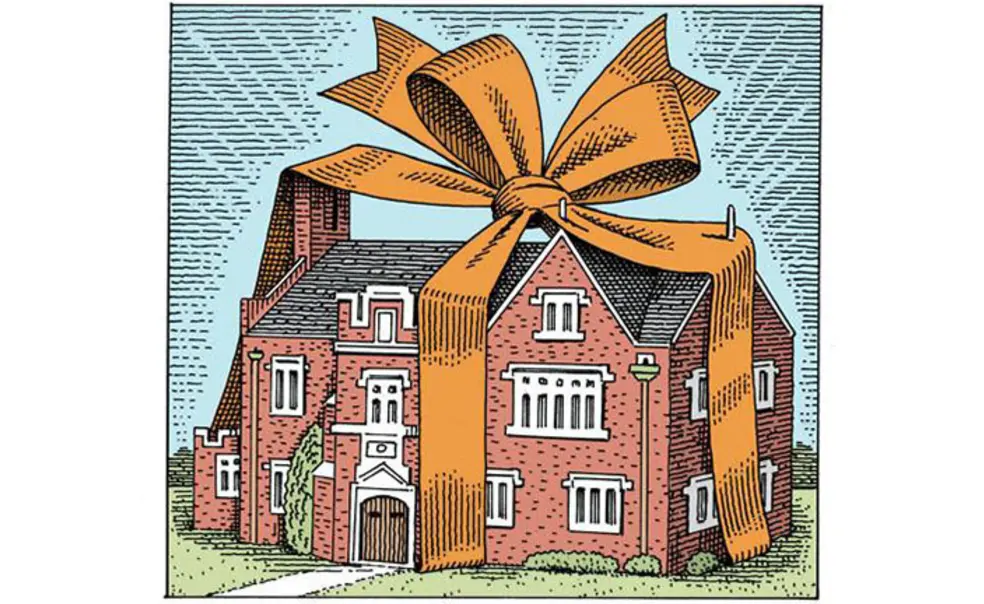When Campus Club reopened its doors 10 years ago, it was a novel addition to Prospect Avenue: a club open to all students. “I think that Campus Club will be place that students who feel like they have no place on the Street can call home,” Eric Plummer ’10, a member of the student advisory board, told PAW’s Angela Wu ’12 at the time. The building had formerly been an eating club of the same name, which closed in 2005 for financial reasons.
Campus Club’s position alongside the eating clubs on Prospect Avenue has made it a perfect venue for University initiatives to curb excessive drinking. Student organizations host dinners there, and every lawnparties weekend sees a steady stream of students seeking soft pretzels and oven-fired pizza in its backyard.
Campus Club also has become the destination for drinking of a different sort: Last spring, The Coffee Club, a student-run agency, set up shop in the Campus Club Tap Room. With the full range of espresso drinks (and, keeping up with the latest trend, the option of oat milk for an extra 50 cents), The Coffee Club is already firmly established as one of Princeton’s many caffeinated hang-outs.
Ten years on, Campus Club’s position at the corner of Prospect and Washington seems ever more secure — as a spot for coffee, timely carbohydrates, and community.
‘Meet me at Campus Club ...’
By Angela Wu ’12
(From the Oct. 7, 2009, issue of PAW)
For many undergraduates, campus nightlife is centered on Prospect Avenue, where eating-club parties often run into the early hours of the morning. But with the long-awaited re-launch of Campus Club, which opened as a student center in September, the University is attempting to make an important addition to Street culture: a club facility open to all students.
“I think that Campus Club will be a place that students who feel like they have no place on the Street can call home,” said Eric Plummer ’10, a member of the student advisory board. The board of undergraduates and graduate students worked with club director Dianne Spatafore to set policies and help design the renovations.
Campus Club housed the former eating club of the same name, which closed in 2005 following financial and recruitment troubles. Members voted to donate the collegiate gothic-style building to the University as a social space for students.
“While Campus Club will retain the form of an eating club, it doesn’t have the same functions. It’s open to all students, there’s no membership — it serves as more of a campus center,” said Spatafore. “We see ourselves as a complement to the other things that are happening on the Street.” Everyone — from eating-club members to freshmen exploring the Street to graduate students — is welcome, she added.
“The best feature of Campus Club is that it is a space that promotes interactions between undergraduate and graduate students,” said Cindy Kroll ’11, another member of the advisory board. “Often times, the paths of these students hardly cross outside of lecture or precept. So I think that this is a great opportunity for students to exchange ideas and interact with peers they might not get to meet otherwise.”
And though the new Campus Club sits next door to the eating clubs, it has a decidedly different atmosphere — one that could aid the University in its attempt to curb excessive drinking. School organizations and clubs will sponsor most of its events, and its taproom has been converted into the Taproom Café, a student agency.
“The Street is always associated with drinking and crazy partying, so it’s nice that there will be a good alternative to all that,” said Isedua Oribhabor ’12. “It also sounds like it’ll be a good hangout place when you get tired of Frist and studying at Firestone.”












No responses yet